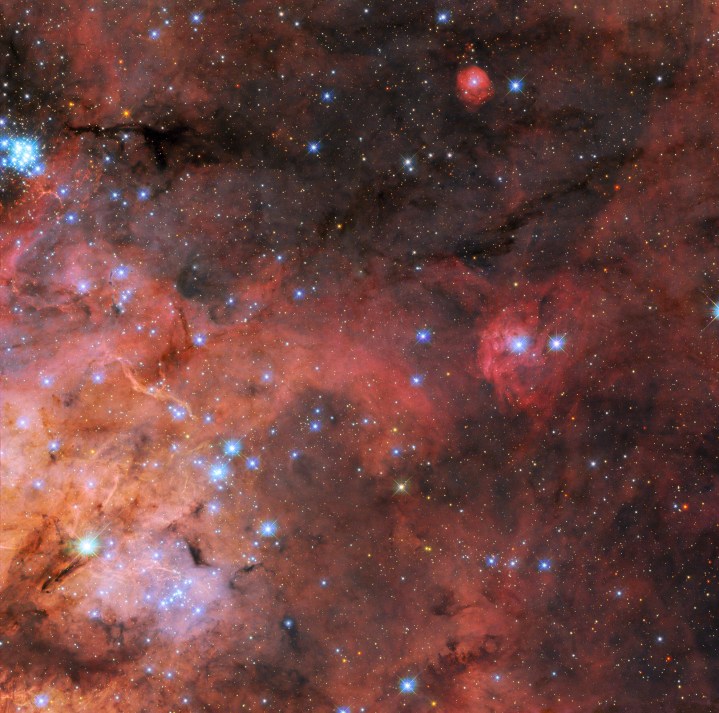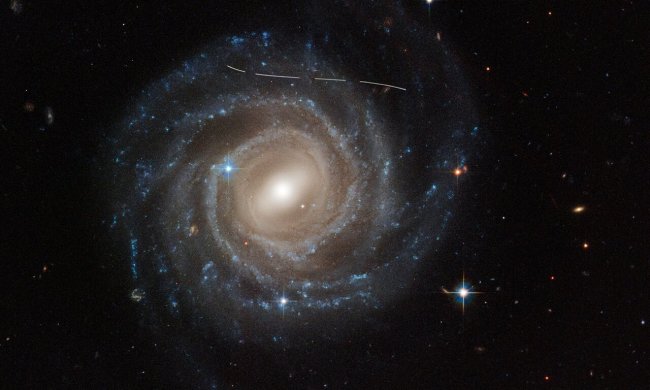The Hubble Space Telescope continues to capture gorgeous views of space objects thst are shared every week, the most recent of which shows a beautiful nebula.
This week’s target is the Tarantula Nebula, technically known as 30 Doradus. Located over 160,000 light-years away in a satellite galaxy of the Milky Way called the Large Magellanic Cloud, this huge cloud of dust is exceptionally bright and is one of the busiest areas of star formation in nearby space. As new stars are born, they give off radiation that ionizes the hydrogen atoms around them, making the cloud of gas glow brightly.

The Tarantula Nebula is not only famous for being a region of star formation. It is also a popular target for public outreach, and it has been imaged by many different famous telescopes. Last year, the James Webb Space Telescope captured its own stunning view of the nebula, and before that it was also chosen as a target for a final goodbye image from the now-retired Spitzer Space Telescope. It has also been imaged by Hubble previously, when a section of the nebula was imaged in order to study the formation of massive stars.
Both Webb and Spitzer look primarily in the infrared wavelength, which allows them to see through clouds of dust and pick out the structure of the nebula more clearly. This Hubble image, on the other hand, is taken in the visible light wavelength, which is equivalent to what the human eye would see.
That’s why Hubble images tend to have a more pastel color palette and infrared images tend to be more saturated, because visible light is only a small slice of the electromagnetic spectrum and therefore picks up subtle variations. Infrared covers a broader swath of the spectrum, and picks out a wide range of physical processes — so when it’s translated into a visible light image, there’s high variation that equates to a wider range of colors.



